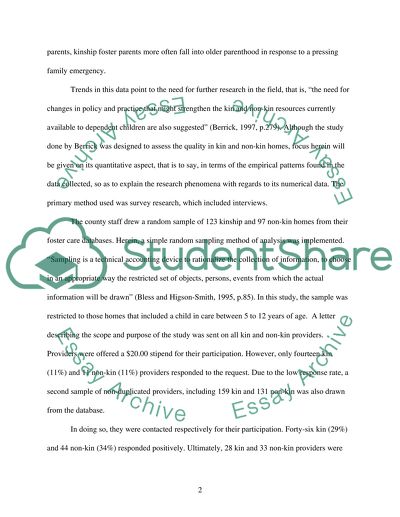Cite this document
(“Assessing Quality of Care in Kinship and Foster Family Care by Jill Assignment”, n.d.)
Retrieved from https://studentshare.org/family-consumer-science/1413216-jill-duerr
Retrieved from https://studentshare.org/family-consumer-science/1413216-jill-duerr
(Assessing Quality of Care in Kinship and Foster Family Care by Jill Assignment)
https://studentshare.org/family-consumer-science/1413216-jill-duerr.
https://studentshare.org/family-consumer-science/1413216-jill-duerr.
“Assessing Quality of Care in Kinship and Foster Family Care by Jill Assignment”, n.d. https://studentshare.org/family-consumer-science/1413216-jill-duerr.


